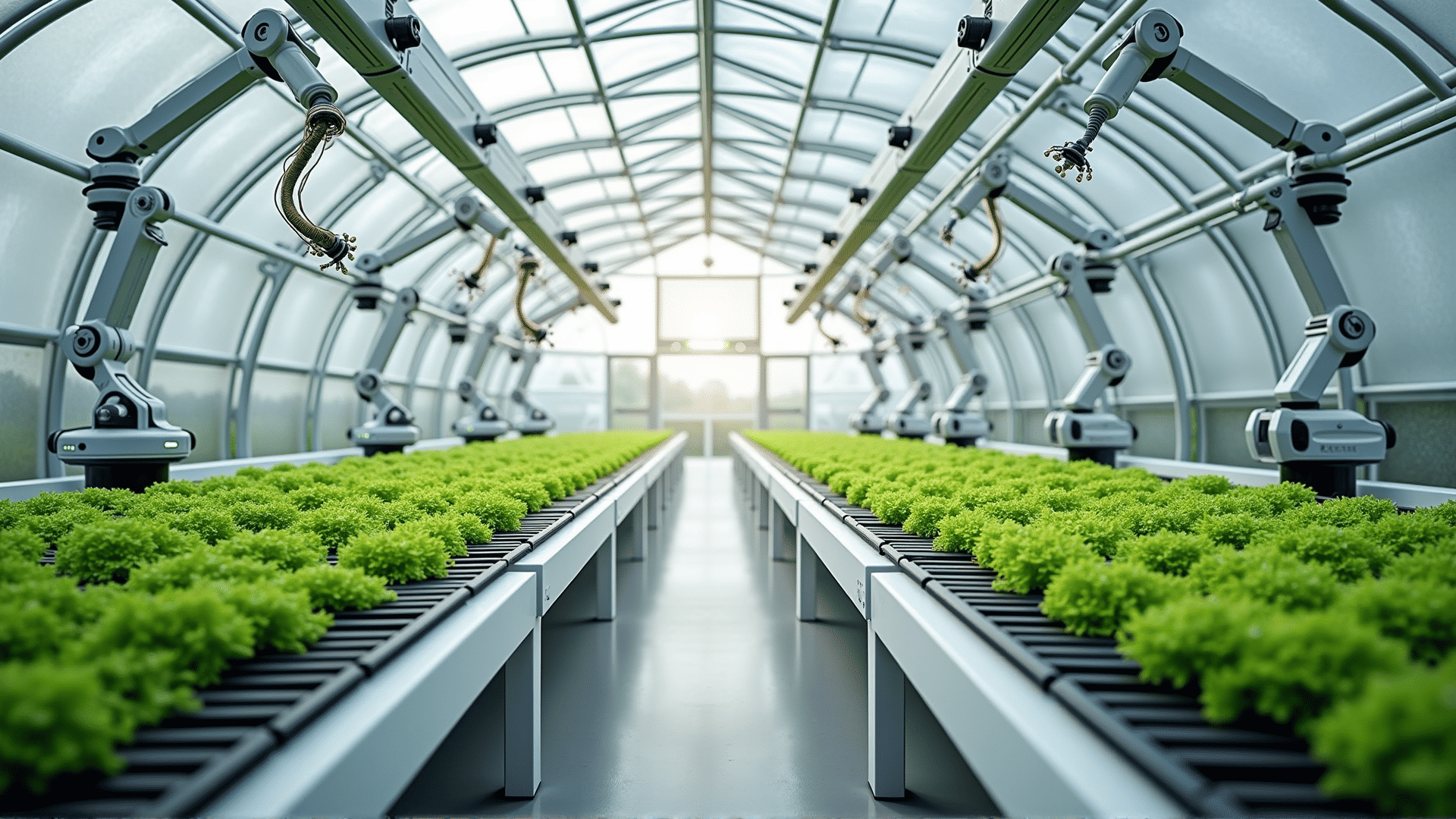In recent years, the agricultural sector has witnessed a transformative shift driven by groundbreaking agri-food technologies. As the world grapples with the challenges of a growing population, climate change, and diminishing natural resources, these innovations are not only enhancing food security but also significantly boosting agricultural productivity.
One of the pioneering technologies reshaping agriculture is precision farming. This approach utilizes data-driven insights to optimize field-level management with regard to crop farming. By leveraging GPS technology, IoT devices, and remote sensors, farmers can monitor soil conditions, crop health, and weather patterns in real-time. This enables them to make informed decisions that maximize yield while minimizing resource use. Precision farming reduces fertilizer and pesticide application, thereby lessening the environmental impact and promoting sustainable practices.
Another revolutionary innovation is the advent of vertical farming. By growing crops in stacked layers within controlled indoor environments, vertical farms drastically reduce the need for large land areas and water consumption. Moreover, these systems eliminate weather dependencies and use LED lighting and climate control to optimize plant growth. Enhanced by AI algorithms that tweak environmental conditions for optimum yield and quality, vertical farming is proving to be a viable solution for urban areas and regions prone to extreme weather.
Biotechnology, too, has played an integral role in advancing agricultural productivity. Genetically modified organisms (GMOs) have been engineered to enhance resistance to pests and diseases, improve nutritional content, and increase tolerance to extreme weather conditions. With CRISPR gene editing technology, scientists are now able to precisely alter plant genomes, paving the way for faster and more efficient crop improvements. This ensures a stable food supply and reduces the risk of crop failure caused by unpredictable climatic changes.
Furthermore, agri-food technologies are branching into the realm of robotics and automation. Autonomous tractors and drones can streamline planting, monitoring, and harvesting processes. These machines operate with precision and reduce labor costs significantly, making farming more efficient and less labor-intensive. Additionally, drones equipped with multispectral cameras can survey large tracts of land quickly and detect problems such as pest infestations or water stress much earlier than traditional methods.
Water management technologies are also making strides, particularly in regions vulnerable to droughts. Innovations such as solar-powered desalination units and cost-effective drip irrigation systems are ensuring that water usage becomes highly efficient. By delivering water directly to the plant roots, drip irrigation systems drastically reduce water waste and ensure crops are sufficiently hydrated even in arid conditions.
Moreover, the integration of big data analytics and blockchain technology is revolutionizing supply chain transparency and traceability. Farmers and distributors can track products from farm to table, ensuring food safety and quality. Consumers benefit from knowing the origin and production methods of their food, fostering trust and accountability in the food industry.
Lastly, the rise of alternative protein sources is making waves in the agri-food sector. Companies leveraging fermentation technology and cellular agriculture are creating lab-grown meat and plant-based alternatives that are both sustainable and appeal to environmentally conscious consumers. This not only reduces the demand for traditional livestock farming but also significantly cuts down on greenhouse gas emissions associated with animal agriculture.
In conclusion, agri-food technologies are playing a crucial role in addressing the complex challenges facing the global food system. By embracing these innovations, the agricultural sector is paving the way for a future that is more resilient, sustainable, and capable of providing food security for generations to come. As technology continues to evolve, the potential for further breakthroughs in agriculture remains boundless, promising a comprehensive transformation of how we grow and consume food.
